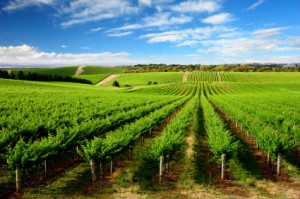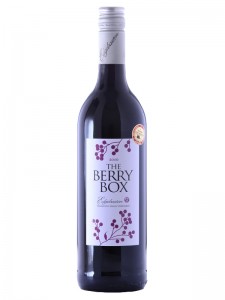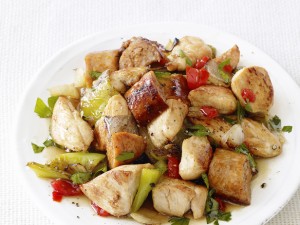 This month’s Top Picks provide a little personal drama. For starters, Querciola’s Barbera d’Alba and Domaine de la Collonge’s Macon-Fuissé have been perennial favorites, but then so have Casa Silva’s delicious Reserva Carmenère and Lawson’s Gewurztraminer. Yet, I have to admit that one would be hard pressed to find a better Barbera d’Alba than Querciola’s 2010. Ripe, juicy and bursting with flavor Querciola’s 2010 Barbera d’Alba charmed the panel with its array of crisp abundant flavors. Consequently, it gets my first Top Pick.
This month’s Top Picks provide a little personal drama. For starters, Querciola’s Barbera d’Alba and Domaine de la Collonge’s Macon-Fuissé have been perennial favorites, but then so have Casa Silva’s delicious Reserva Carmenère and Lawson’s Gewurztraminer. Yet, I have to admit that one would be hard pressed to find a better Barbera d’Alba than Querciola’s 2010. Ripe, juicy and bursting with flavor Querciola’s 2010 Barbera d’Alba charmed the panel with its array of crisp abundant flavors. Consequently, it gets my first Top Pick.
That said, I love good Carmenère, so it would be easy for me to choose Casa Silva’s excellent 2010 Reserva Carmenère as my other top choice, but I wouldn’t be able to sleep tonight if I did. Why? It’s not that the wine is undeserving. To the contrary, nobody consistently turns out better Carmenère than Casa Silva. However, Lawson’s Dry Hills Gewurztraminer is unquestionably the finest New or Old World Gewurztraminer I have had the pleasure to drink in quite awhile, so it wins Top Pick this time around. I think it’s difficult to get Gewurztraminer just right – not too sweet, not to bitter – but Lawson’s managed to arrive at the perfect spot for my taste. More importantly, it paired superbly with a variety of dishes and made believers out of many who were prepared not to like Gewurztraminer. In short, Lawson’s hit a home run with their 2010 Gewurztraminer. A votre santé.

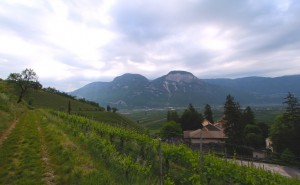
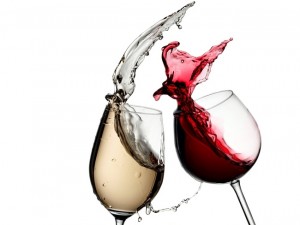
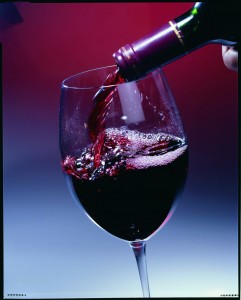 It’s about time that New World wineries caught up with consumers’ tastes. What do I mean by that? Several things! First, more and more wineries in Australia, California, and elsewhere now make proprietary wines, which means wineries are no longer exclusively beholden to varietal bottling (whereby 75%-100% of a given wine comes from a single grape variety), and are making outstanding wines from blends of grapes. Don’t get me wrong. I am not opposed to varietal bottling. On the contrary, many great varietal wines abound as the wealth of outstanding Cabernet Sauvignon, Chardonnay, Syrah, Zinfandel, and other varietal offerings will attest. My point is that varietal bottling isn’t the be all and end all, or the only way to make great wine. Using two or more great varieties in varying proportions often increases the complexity and drinking pleasure of a wine. Why limit our pleasure to one primary grape? So many excellent meritage selections and proprietary wines (typically blends with such given names as Sassolino, The Berry Box, or Honey Pot) now abound. It’s a new day and a new year for wine. Besides, Bordeaux, Chianti, Rioja and other great wines region have been blending grapes for millennia. A varietal name on a bottle is no guarantee of quality. Conversely, many blends and proprietary wines constitute some of the most exciting wines being made in America today at all price points, so don’t be afraid to discover these treasures.
It’s about time that New World wineries caught up with consumers’ tastes. What do I mean by that? Several things! First, more and more wineries in Australia, California, and elsewhere now make proprietary wines, which means wineries are no longer exclusively beholden to varietal bottling (whereby 75%-100% of a given wine comes from a single grape variety), and are making outstanding wines from blends of grapes. Don’t get me wrong. I am not opposed to varietal bottling. On the contrary, many great varietal wines abound as the wealth of outstanding Cabernet Sauvignon, Chardonnay, Syrah, Zinfandel, and other varietal offerings will attest. My point is that varietal bottling isn’t the be all and end all, or the only way to make great wine. Using two or more great varieties in varying proportions often increases the complexity and drinking pleasure of a wine. Why limit our pleasure to one primary grape? So many excellent meritage selections and proprietary wines (typically blends with such given names as Sassolino, The Berry Box, or Honey Pot) now abound. It’s a new day and a new year for wine. Besides, Bordeaux, Chianti, Rioja and other great wines region have been blending grapes for millennia. A varietal name on a bottle is no guarantee of quality. Conversely, many blends and proprietary wines constitute some of the most exciting wines being made in America today at all price points, so don’t be afraid to discover these treasures.